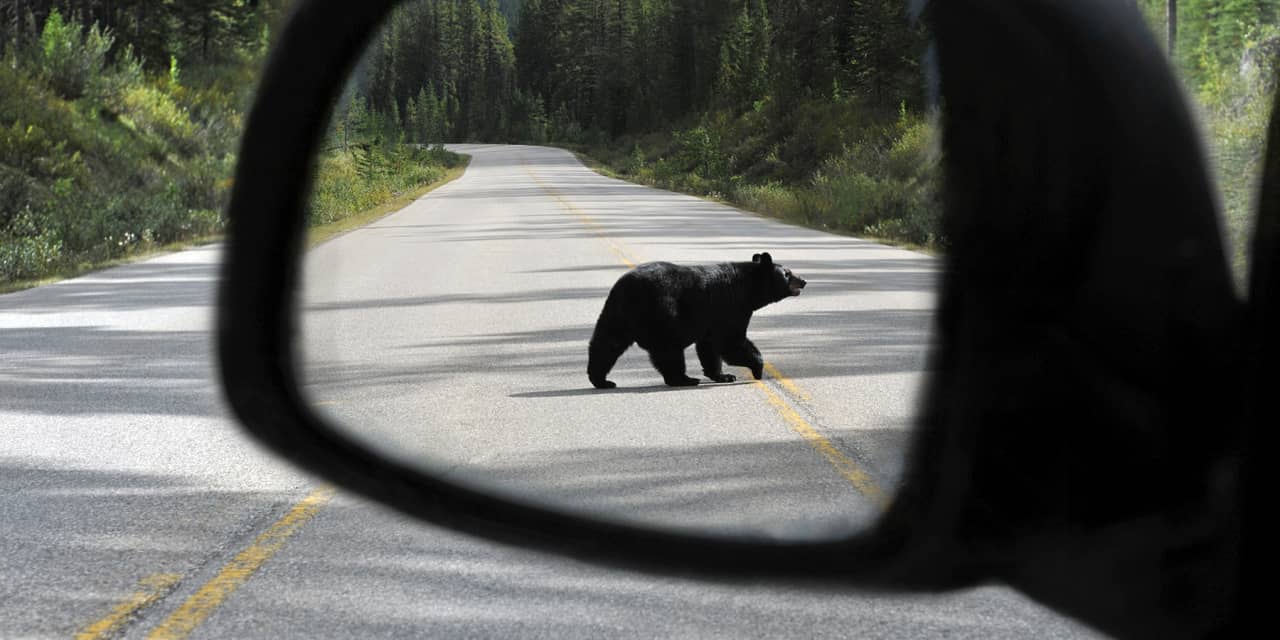Huge one-day stock market gains, such as the Nasdaq 100’s 3% rally on Feb. 22, don’t necessarily mean we’re in a bull market. That’s an important reality check on the exuberance with which Wall Street greeted this gain (sparked by Nvidia’s blockbuster earnings). Big daily rallies in fact occur more frequently during a bear market.
Consider the chart below, which I constructed by calculating the percentage of Nasdaq 100 index
NDX
trading days that occur during a bear market. (For precise bear-market start and end dates, I relied on the calendar maintained by Ned Davis Research.) As you can see, days with large gains occur more frequently in bear markets, with that frequency rising the bigger the rally.
To put the chart in context, consider that 16% of trading days since the Nasdaq 100 was created in 1985 have occurred during a Ned Davis Research-defined bear market. (This 16% is represented by the red line in the chart.) So if big daily rallies occurred randomly, then you’d expect no more than 16% of them to occur in a bear market. In fact, of those trading days over the past four decades in which the Nasdaq 100 rose by at least 10%, no fewer than 90% occurred during a bear market.
This percentage falls as the rally threshold declines. But even when we focus on daily rallies of at least 3%, the bear-market frequency is still three times larger than what you’d expect on the assumption that big rallies occurred randomly during bull- and bear markets alike.
These results remind us why we shouldn’t get carried away by rallies. If the only data we had was the magnitude of the Nasdaq’s recent one-day rally, you’d have to conclude that there’s an above-above chance we’re either in, or close to being in, a bear market.
Read: The S&P 500 is overbought, but that doesn’t mean it’s time to sell
Volatility is higher during bear markets
These results point to the greater volatility experienced in bear markets. Most investors are aware that the CBOE Volatility Index
VIX
tends to rise when the market declines. Less familiar is that big rallies are just as crucial to volatility as big declines. This in turn leads many investors to mistakenly think that periods of high volatility show up only in big market drops. Don’t make that mistake.
Mark Hulbert is a regular contributor to MarketWatch. His Hulbert Ratings tracks investment newsletters that pay a flat fee to be audited. He can be reached at [email protected]
More: Why the stock market ‘doesn’t look very bubbly’ to Ray Dalio right now
Also read: ‘GRANOLAS’ vs. the Magnificent Seven: Which should investors dig into now?
Read the full article here




